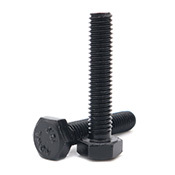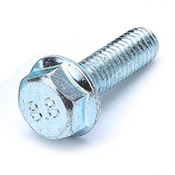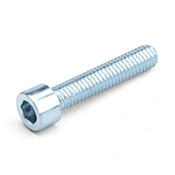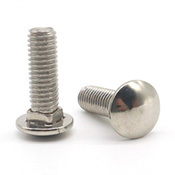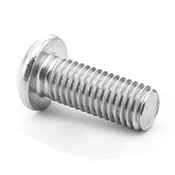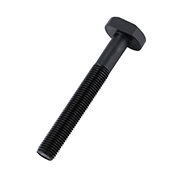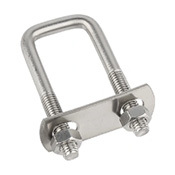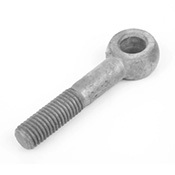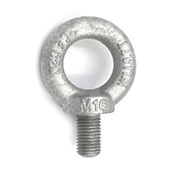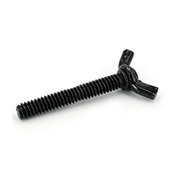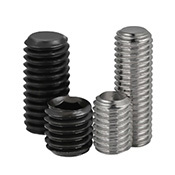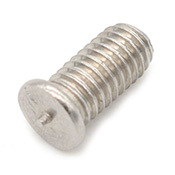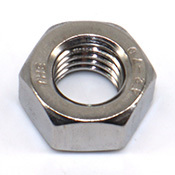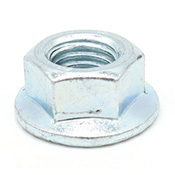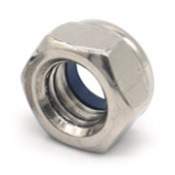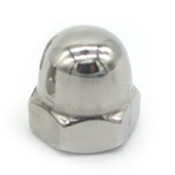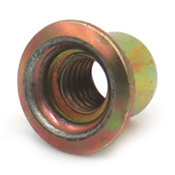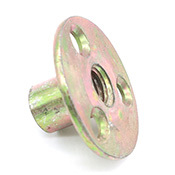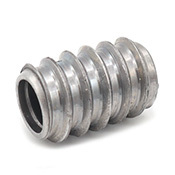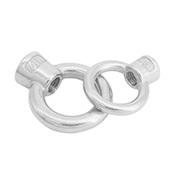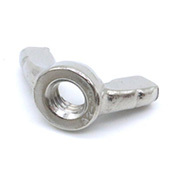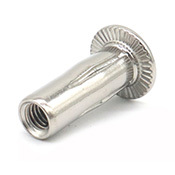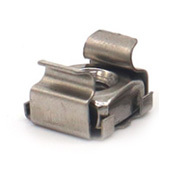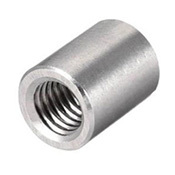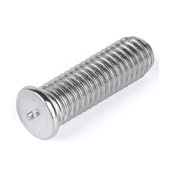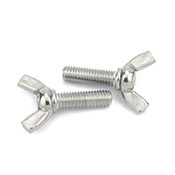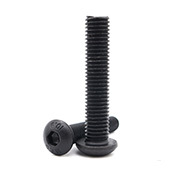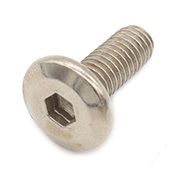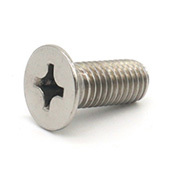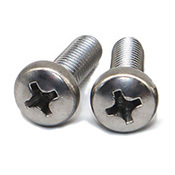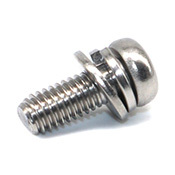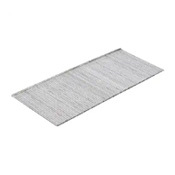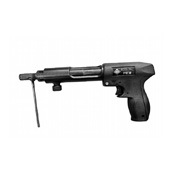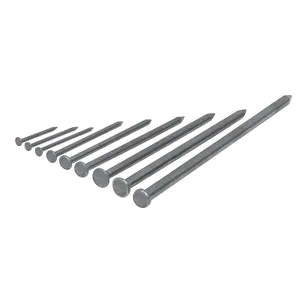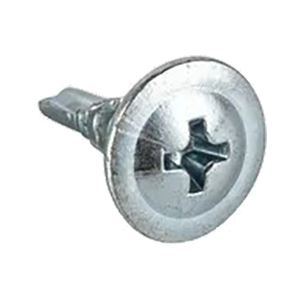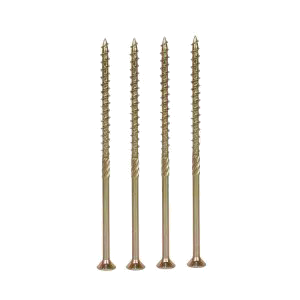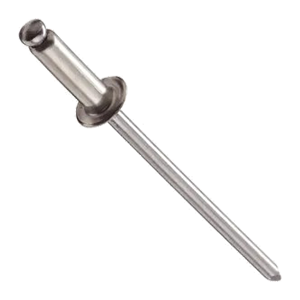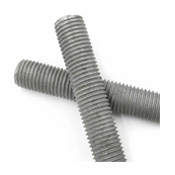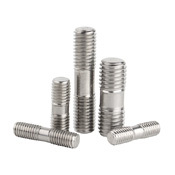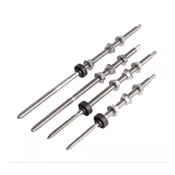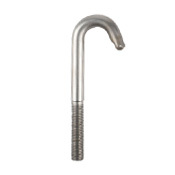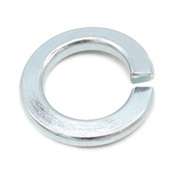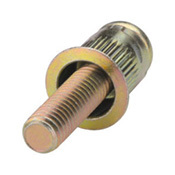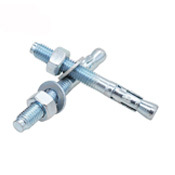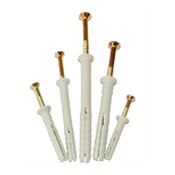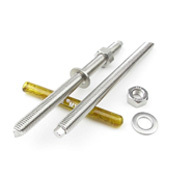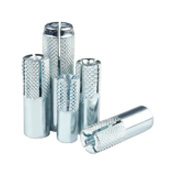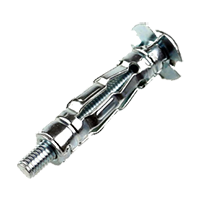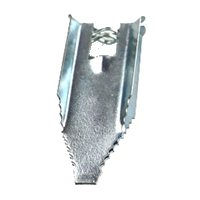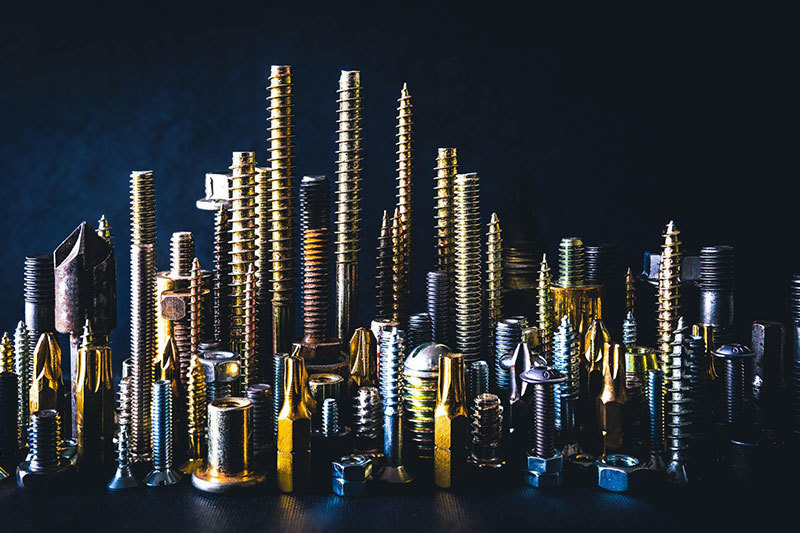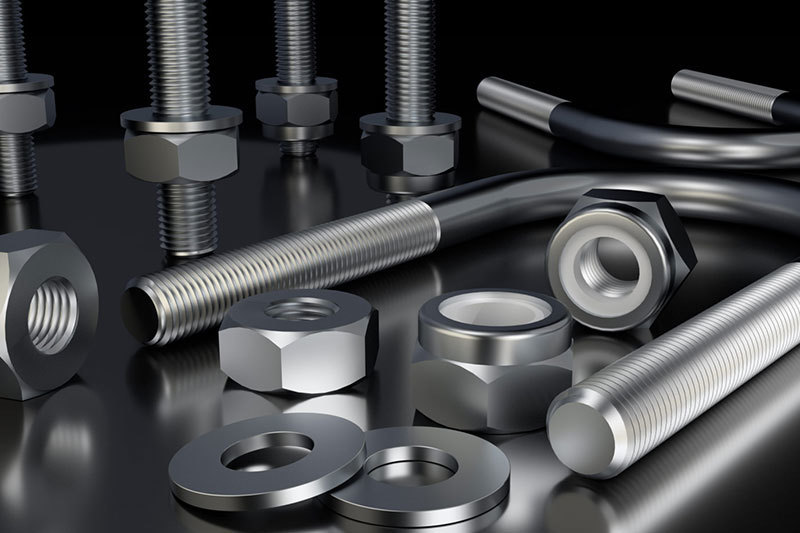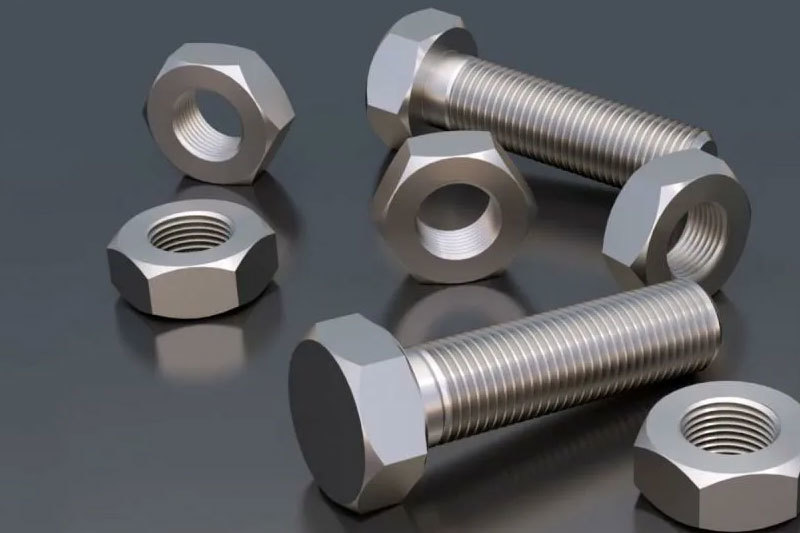The Intriguing Workings of Threaded Rods: A Deep Dive
Nov 10,2025
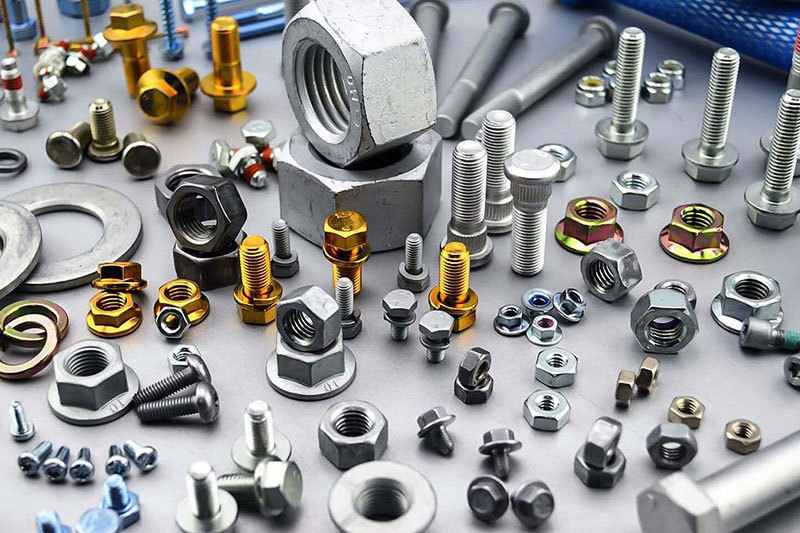
Understanding Threaded Rods
Ever heard of those nifty little things called threaded rods? If not, buckle up! These cylindrical wonders are more than just long pieces of hardware; they're vital components in a multitude of industries, from construction to manufacturing. In this article, we're diving into the fascinating world of threaded rods, uncovering their workings, applications, and why they're essential in our daily lives.
What Are Threaded Rods?
So, what exactly are threaded rods? Picture this: a long metal bar with a continuous helical ridge, or thread, running along its length. These rods can be made from various materials like steel, stainless steel, or even plastic. They come in different sizes and lengths, making them incredibly versatile. Whether you need to fasten two objects together or support a structure, threaded rods are your go-to solution!
How Do They Work?
Let's get into the nitty-gritty of how threaded rods operate. The beauty of these rods lies in their threads. When you screw a nut onto a threaded rod, the nut moves along the length of the rod, creating tension or compression. This mechanism is known as the principle of leverage. It's simple yet effective! By turning the nut, you're essentially converting rotational motion into linear motion. Pretty cool, huh?
The Mechanics Behind It
Now, if you're wondering about the mechanics, let's break it down further. The threads on a rod are designed with a specific pitch, which determines how far a nut will move with each full turn. A coarse thread will move the nut further than a fine thread with the same rotation. This allows for greater control over the tension applied, which is crucial in applications requiring precise adjustments.
Applications Galore!
Alright, let's talk applications. Threaded rods are used in a variety of fields. In construction, they're often employed to anchor structures, secure beams, or even suspend ceilings. In the automotive industry, they hold parts together, ensuring everything runs smoothly. And let's not forget about DIY enthusiasts! Whether you're building furniture or crafting a creative project, threaded rods can be your best friend.
A Versatile Solution
One of the best things about threaded rods is their adaptability. With a few nuts, washers, and bolts, you can create an incredibly strong connection. That's why they're often used in applications where high strength is required. Plus, they can be cut to size, making them perfect for projects of any scale.
Choosing the Right Threaded Rod
But hold your horses! Not all threaded rods are created equal. When selecting one, consider factors like material, length, diameter, and thread type. For example, if you're working in a wet environment, opting for stainless steel can prevent rust and corrosion. And if you need something lightweight, aluminum might be the way to go.
Safety First!
Before you dive into your next project, remember that safety is key. Ensure that you're using the right size and type of threaded rod for your specific application. Improper use can lead to structural failures, which is the last thing anyone wants!
The Future of Threaded Rods
As industries evolve, so do the materials and technologies surrounding threaded rods. Upcoming innovations may include high-strength composites and eco-friendly alternatives, making them even more appealing for future projects.
In Conclusion
So there you have it! The fascinating workings of threaded rods are not just an engineering marvel; they're a testament to human ingenuity. Next time you encounter these seemingly simple components, you'll appreciate the complexity and utility behind them. Whether you're securing a structure or embarking on a DIY adventure, threaded rods are your unsung heroes!
TAG:
Previous:
Related Posts
Application and Development of Fasteners in Automotive Industry

Tel/WhatsApp:
Sales E-mail:
The company's main products cover six categories, including nuts, bolts, screws, threaded rods, flat washers and sleeve anchors.
MESSAGE
We will contact you within one working day. Please pay attention to your email.
COOKIES
Our website uses cookies and similar technologies to personalize the advertising shown to you and to help you get the best experience on our website. For more information, see our Privacy & Cookie Policy
COOKIES
Our website uses cookies and similar technologies to personalize the advertising shown to you and to help you get the best experience on our website. For more information, see our Privacy & Cookie Policy
These cookies are necessary for basic functions such as payment. Standard cookies cannot be turned off and do not store any of your information.
These cookies collect information, such as how many people are using our site or which pages are popular, to help us improve the customer experience. Turning these cookies off will mean we can't collect information to improve your experience.
These cookies enable the website to provide enhanced functionality and personalization. They may be set by us or by third-party providers whose services we have added to our pages. If you do not allow these cookies, some or all of these services may not function properly.
These cookies help us understand what you are interested in so that we can show you relevant advertising on other websites. Turning these cookies off will mean we are unable to show you any personalized advertising.







